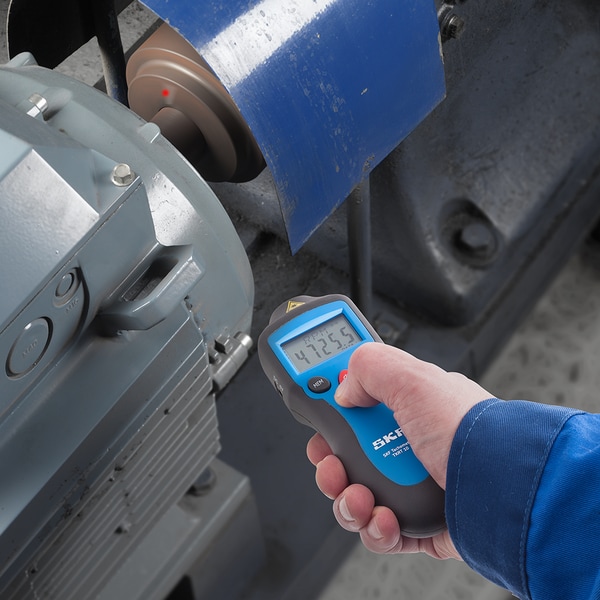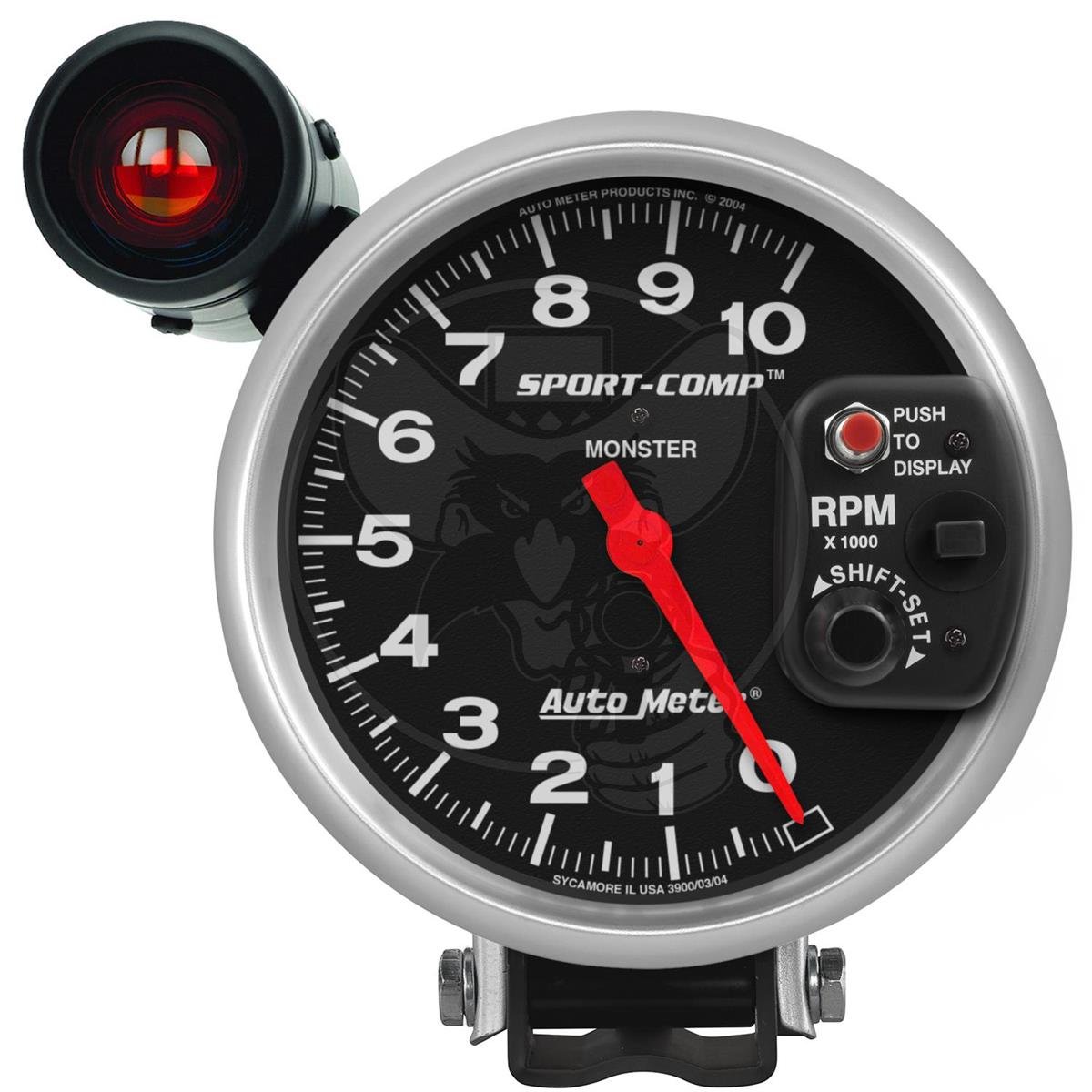Just How a Tachometer Helps Display Engine Health And Wellness and Efficiency
Just How a Tachometer Helps Display Engine Health And Wellness and Efficiency
Blog Article
The Importance of a Tachometer in Monitoring Engine Speed and Performance in Automotive Applications
In the world of auto design, the tachometer stands as an essential tool in the vehicle driver's arsenal, providing a straight home window into the internal operations of an automobile's engine. Past its feature as a mere gauge of changes per minute (RPM), the tachometer works as a vital tool for fanatics and specialists alike, offering real-time insights into engine efficiency and health. Comprehending the relevance of this gadget goes past surface-level monitorings, diving right into the elaborate connection between engine speed, power result, and total driving experience. As we explore the diverse function of the tachometer in automobile applications, a much deeper appreciation for its effect on vehicle characteristics and effectiveness starts to emerge.
Value of Keeping An Eye On Engine RPM
Keeping track of engine RPM, or changes per min, is a vital aspect of automobile maintenance and efficiency evaluation. Engine RPM straight correlates with the speed at which the engine's crankshaft turns, suggesting exactly how quickly the engine is running - tachometer. By monitoring RPM, technicians can examine the health of the engine, spot potential concerns, and fine-tune performance. An abnormal RPM reading may signify problems such as engine misfires, malfunctioning ignition system, or concerns with the gas distribution system. Continually high RPM analyses could suggest hostile driving habits or the demand for a greater equipment shift to enhance gas efficiency.
Moreover, monitoring engine RPM is necessary for performance examination in racing and high-performance lorries. In recap, monitoring engine RPM is not just vital for detecting issues but likewise for optimizing engine performance in different vehicle applications.

Benefits of Real-Time Data
In vehicle applications, real-time information plays an important function in offering instantaneous understandings into the performance and condition of the vehicle. By constantly keeping an eye on numerous specifications such as engine rate, temperature level, gas consumption, and more, real-time information supplies countless benefits that add to improved effectiveness and safety when traveling.
One significant advantage of real-time data is its capacity to sharp vehicle drivers and specialists to any type of anomalies or problems immediately. This proactive method allows fast identification of possible problems, enabling prompt interventions to prevent more damages or break downs. Furthermore, real-time data facilitates performance optimization by supplying immediate responses on driving behaviors and engine efficiency. Chauffeurs can adjust their habits in real-time based upon this information to attain much better gas economy and lengthen the life-span of their automobile.

Additionally, real-time information plays an important function in modern automotive diagnostics, enabling specialists to swiftly diagnose and attend to breakdowns. This results in reduced downtime, reduced upkeep prices, and inevitably, enhanced overall vehicle integrity and durability (tachometer). By taking advantage of the power of real-time information, auto stakeholders can make informed choices that favorably affect both the efficiency and durability of the vehicle
Effect on Equipment Shifts
Effective gear changes in automotive applications significantly influence total efficiency and driving experience. The tachometer plays a crucial role in maximizing gear changes by offering real-time engine rate information to the vehicle driver. When approaching the redline on the tachometer, it signifies the vehicle driver to upshift to stop over-revving the engine and triggering potential damages. On the various other hand, downshifting at the ideal minute can aid keep the engine in its see this page power band, making certain receptive velocity when required.
Furthermore, the tachometer help in attaining smoother equipment shifts, particularly in hands-on transmissions. By monitoring engine rate, chauffeurs can implement gear changes at the optimum RPM array, decreasing jerking motions and lessening endure the transmission parts. This accuracy in gear adjustments not just improves driving convenience however likewise adds to fuel efficiency.
Enhancing Fuel Performance
Given the vital function the tachometer plays in maximizing gear changes for efficiency and engine wellness, it straight adds to making the most of fuel effectiveness in vehicle applications. By supplying real-time feedback on engine rate, the tachometer assists vehicle drivers in preserving one of the most efficient RPM array for gas economic situation. When chauffeurs continually check the tachometer and adjust their driving habits as necessary, they can stay clear of unneeded gas consumption triggered by over-revving or lugging the engine.
Moreover, the tachometer helps chauffeurs recognize the most fuel-efficient equipment to be in at any given moment, protecting check over here against the engine from functioning more difficult than needed. This is specifically crucial throughout velocity and cruising, where remaining in the right gear can substantially affect gas performance. In addition, the tachometer can signal motorists to potential mechanical concerns that might be negatively influencing gas economy, such as a sliding clutch or a clogged up air filter. In conclusion, the tachometer functions as a valuable device in improving fuel performance by promoting optimal driving routines and identifying locations for enhancement in the automobile's performance.

Optimizing Engine Durability
The tachometer's function in keeping track of engine rate and performance is important in ensuring the longevity of automotive engines. Keeping track of the tachometer enables motorists to stay within the suggested RPM range for their automobile, stopping unnecessary pressure on the engine and prolonging its lifespan.

Final Thought
In final thought, the tachometer plays a crucial duty in checking engine rate and performance in vehicle applications. By giving real-time data on RPM, it enables efficient equipment shifts, improved gas performance, and made the most of engine long life. This tool is necessary for maintaining ideal engine efficiency and guaranteeing the general performance of a lorry.
Report this page